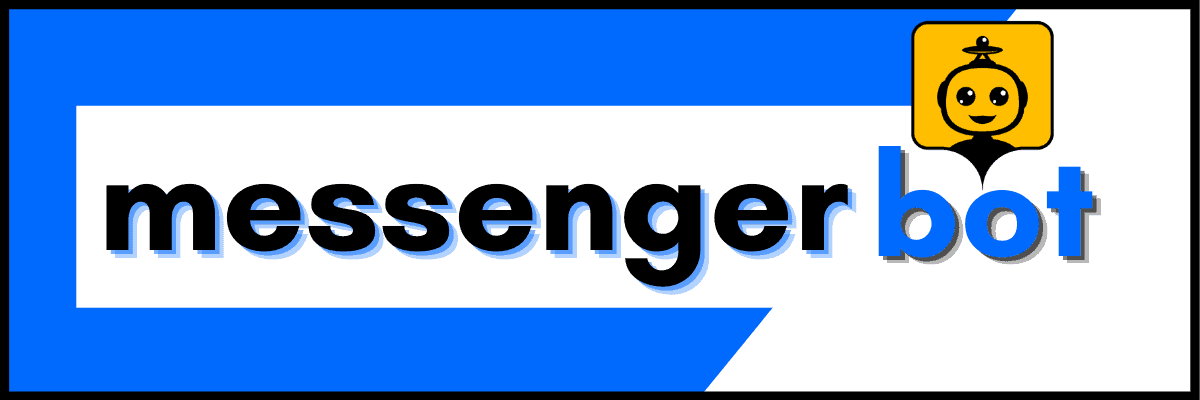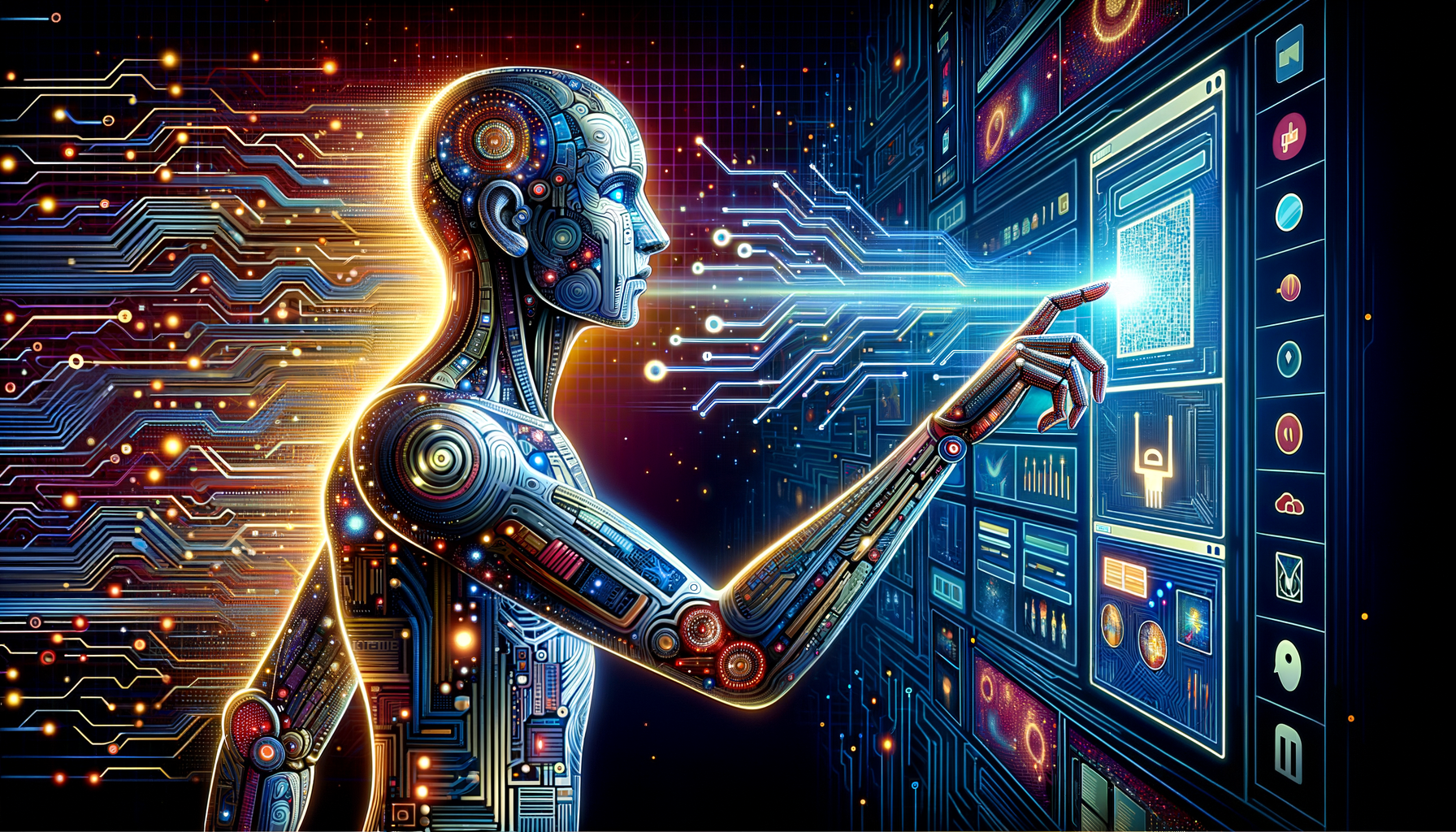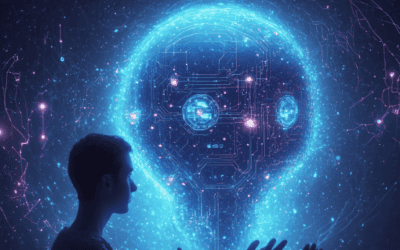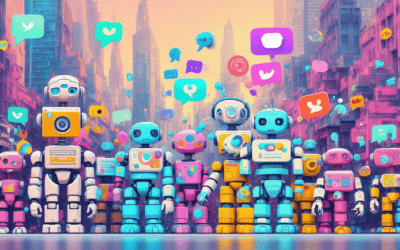Engaging with customers and providing exceptional user experiences are paramount in today’s digital landscape. As businesses strive to stay ahead of the curve, leveraging cutting-edge technologies like AI chatbots has become a game-changer. These intelligent virtual assistants offer a seamless and personalized interaction, elevating website engagement to new heights. With their ability to understand natural language, provide instant responses, and handle a wide range of queries, AI chatbots are revolutionizing the way businesses interact with their customers. Whether you’re seeking to streamline customer support, boost lead generation, or enhance overall user satisfaction, integrating an AI chatbot into your website can unlock a world of possibilities. In this comprehensive guide, we’ll delve into the intricacies of creating, selecting, and implementing the best AI chatbot for your website, empowering you to harness the full potential of this transformative technology.
Understanding AI Chatbots: Definition and Key Features
一个 人工智能聊天机器人 is a software application powered by artificial intelligence and natural language processing (NLP) technology. It simulates human-like conversations and interactions, enabling users to communicate with digital systems as they would with another person. AI chatbots are designed to understand and respond to text or voice inputs in a contextually relevant and intelligent manner.
Key features of AI chatbots include:
- 自然语言处理(NLP): NLP allows chatbots to comprehend and interpret human language, extracting intent and meaning from user inputs.
- 对话流畅性: Chatbots engage in back-and-forth dialogues, maintaining context and providing relevant responses based on the conversation flow.
- 个性化: AI chatbots can adapt their language, tone, and responses based on user preferences, historical data, and contextual factors.
- 一体化: Chatbots can integrate with various systems, databases, and APIs to access and retrieve relevant information, enhancing their capabilities.
- 机器学习: AI chatbots leverage machine learning algorithms to improve their understanding and response accuracy over time, based on user interactions.
As conversational AI technology advances, chatbots are becoming increasingly sophisticated, offering more natural and intuitive interactions, expanding their use cases across industries and applications.
Choosing the Right Chatbot Platform: Evaluating Options and Capabilities
With the growing demand for AI chatbots, numerous platforms and solutions have emerged, each offering unique features and capabilities. Selecting the right chatbot platform is crucial for ensuring your chatbot meets your specific requirements and delivers a seamless user experience. Here are some key factors to consider when evaluating chatbot platforms:
- 自然语言处理(NLP)能力: Assess the platform’s NLP capabilities, including intent recognition, entity extraction, and language understanding accuracy.
- 集成选项: Evaluate the platform’s ability to integrate with your existing systems, APIs, and databases for seamless data exchange and enhanced functionality.
- 定制和品牌化: Look for platforms that allow you to customize the chatbot’s appearance, personality, and conversational flow to align with your brand identity.
- 可扩展性与性能: Consider the platform’s scalability to handle increasing user volumes and ensure high performance and low latency for optimal user experiences.
- 分析和报告: Robust analytics and reporting features can provide valuable insights into user interactions, engagement metrics, and areas for improvement.
- 多渠道支持: If you plan to deploy your chatbot across multiple channels (website, mobile app, messaging platforms), ensure the platform supports seamless omnichannel experiences.
- 安全性和合规性: Evaluate the platform’s security measures, data protection protocols, and compliance with relevant industry regulations and standards.
- Pricing and Support: Consider the platform’s pricing structure, including any additional costs for advanced features or customizations, and the level of customer support provided.
Popular chatbot platforms to consider include 大脑舱人工智能, Dialogflow, Amazon Lex, IBM Watson Assistant, and Microsoft Bot Framework, among others. Each platform offers unique strengths and capabilities, so it’s essential to evaluate your specific requirements and choose the one that best aligns with your business needs and goals.
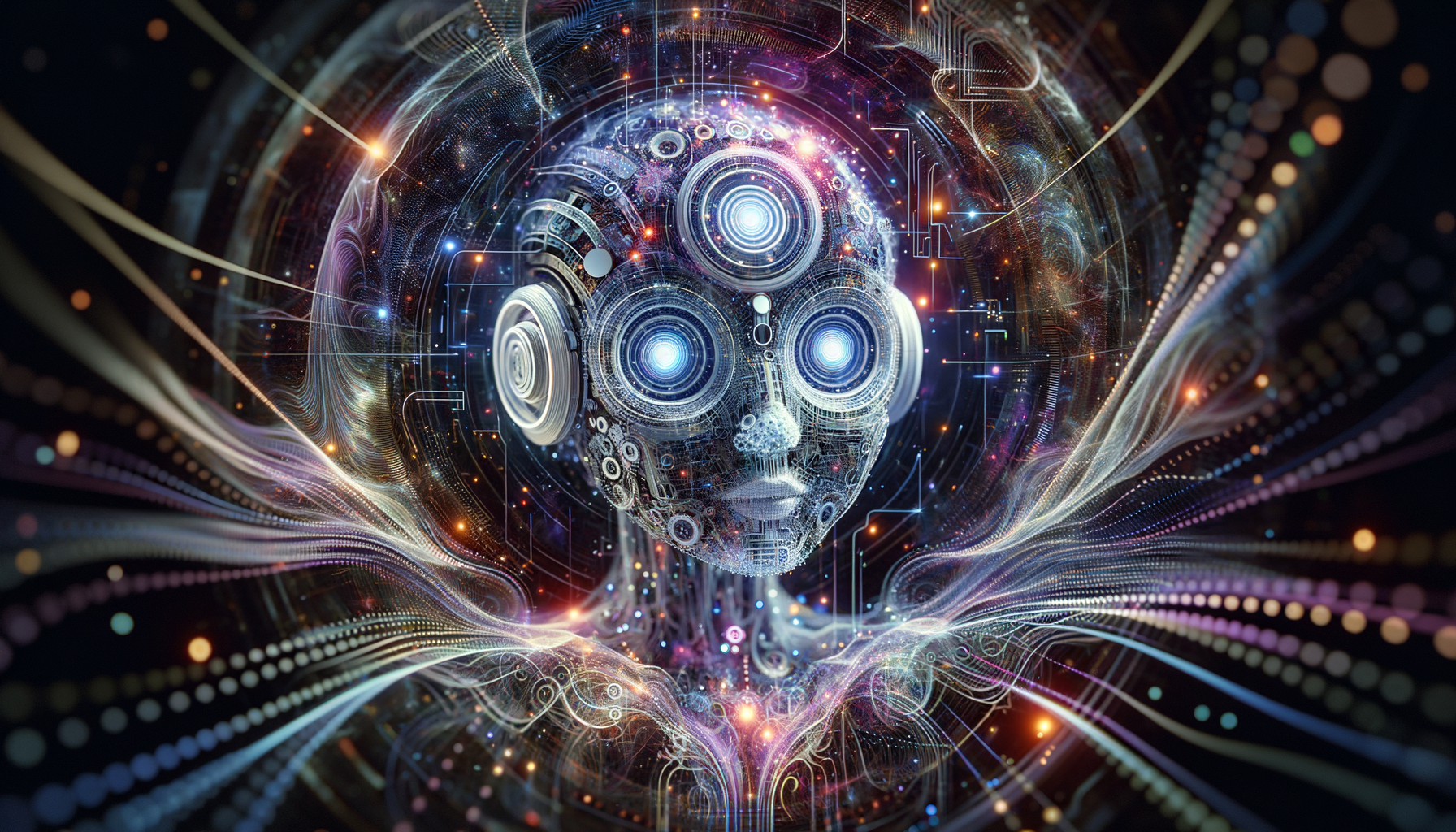
II. Which chatbot is best for website?
A. Assessing website needs: Customer support, lead generation, etc.
When it comes to choosing the best chatbot for your website, it’s crucial to first assess your specific needs and goals. Are you looking to provide AI-powered customer support to enhance the user experience? Or perhaps your primary objective is to generate leads and nurture prospects through automated conversations.
By clearly defining your goals upfront, you can narrow down the chatbot options that align best with your website’s specific requirements. For instance, if 客户服务 is the top priority, you’ll want a chatbot with robust natural language processing (NLP) capabilities, seamless integrations with your existing support systems, and potentially multilingual support to cater to a global audience.
On the other hand, if lead generation and e-commerce sales are the primary focus, you may prioritize chatbots with advanced marketing automation features, such as drip campaigns, abandoned cart recovery, and seamless integration with your CRM and email marketing tools.
B. Top chatbot platforms for websites: Pros, cons, and pricing
When it comes to selecting the best chatbot for a website, there is no one-size-fits-all solution. The ideal chatbot depends on factors such as the website’s purpose, target audience, and budget. Here are some top-rated chatbots to consider, along with their key features and pricing:
1. Drift (Conversational Marketing Platform):
– Advanced AI with natural language processing
– Automated lead qualification and routing
– Integrations with CRM, marketing automation tools
– Pricing: Starts at $600/month
2. Intercom (Customer Messaging Platform):
– Omnichannel communication (website, email, in-product)
– Targeted messaging and content delivery
– Automated lead capture and qualification
– Pricing: Starts at $67/month
3. 多聊天 (Facebook Messenger Chatbot):
– Easy-to-use visual builder for Facebook Messenger
– Broadcast messaging and automated sequences
– E-commerce integration and payment processing
– Pricing: Free plan available, paid plans start at $10/month
4. Landbot.io (No-Code Chatbot Builder):
– Drag-and-drop interface for building conversational flows
– Integration with various tools (CRM, email marketing, etc.)
– Analytics and testing capabilities
– Pricing: Free plan available, paid plans start at $31/month
5. 聊天燃料 (Conversational AI Platform):
– Supports multiple channels (website, Facebook Messenger, Telegram)
– Visual flow builder and pre-built templates
– E-commerce integrations and payment processing
– Pricing: Free plan available, paid plans start at $30/month
When evaluating chatbots, consider factors like ease of use, integration capabilities, scalability, and customer support. Additionally, ensure the chatbot aligns with your website’s goals, whether it’s lead generation, customer support, or e-commerce sales.
It’s also worth exploring AI chatbot platforms like 大脑舱人工智能, which offers a multilingual AI chat assistant that can be integrated into websites and apps. Their platform provides advanced natural language processing capabilities, enabling more human-like conversations and a seamless user experience.
Can you use chatbot on your website?
A. Integrating chatbots with websites: Technical requirements
Absolutely, you can integrate chatbots on your website to enhance the user experience and streamline communication. Chatbots, powered by artificial intelligence (AI), can be seamlessly embedded into websites, providing a convenient and engaging way for visitors to interact with your brand. The technical requirements for integrating a chatbot on a website typically involve adding a small snippet of code provided by the chatbot platform. This code enables the chatbot to appear on your site, often as a chat widget or pop-up window.
Most reputable AI聊天机器人平台 offer user-friendly integration methods, such as plugins or APIs, that simplify the process of incorporating the chatbot into your website’s codebase. Additionally, many content management systems (CMS) like WordPress, Shopify, and Wix have dedicated extensions or apps that facilitate seamless chatbot integration.
To ensure a smooth and successful integration, it’s essential to consider factors like website compatibility, mobile responsiveness, and compliance with accessibility standards. By working closely with the chatbot provider or your web development team, you can ensure that the chatbot is properly configured and optimized for your specific website requirements.
B. Benefits of using chatbots on websites: Improved user experience, increased conversions
Integrating chatbots on your website can offer numerous benefits, both in terms of enhancing the user experience and driving business growth. Here are some key advantages of using chatbots on websites:
- 24/7 可用性: Chatbots operate round-the-clock, ensuring that visitors can get their questions answered or receive assistance at any time, even outside of regular business hours.
- 即时响应: Unlike traditional support channels that may involve wait times, chatbots can provide immediate responses, improving customer satisfaction and reducing abandonment rates.
- 个性化互动: AI-powered chatbots can analyze user inputs, preferences, and behavior to deliver personalized and contextually relevant responses, fostering a more engaging and tailored experience.
- 提高转化率: By guiding visitors through the sales funnel, answering their queries, and offering product recommendations, chatbots can help boost conversion rates and drive revenue growth.
- 多语言支持: Chatbots can be trained to communicate in multiple languages, enabling businesses to cater to a global audience and break down language barriers.
- Cost-Effective Support: Chatbots can handle a high volume of routine inquiries, reducing the workload on human support teams and lowering operational costs.
- 数据收集: Chatbot interactions can provide valuable data and insights into customer behavior, preferences, and pain points, enabling businesses to make informed decisions and improve their offerings.
By leveraging the power of chatbots on your website, you can create a more engaging and efficient user experience, leading to increased customer satisfaction, higher conversion rates, and ultimately, business growth.
IV. Is AI Chatbot Free?
A. Free vs. Paid Chatbot Solutions: Comparing Features and Limitations
在快速发展的 AI聊天机器人, businesses and individuals have access to a wide range of options, both free and paid. While 免费的AI聊天机器人 offer a cost-effective entry point, they often come with limitations in terms of features, customization, and scalability. On the other hand, paid 聊天机器人解决方案 typically provide more advanced capabilities, tailored support, and enhanced security, making them a more suitable choice for businesses with complex requirements.
免费 AI聊天机器人平台 like Replika, ChatGPT, and Xiaoice excel in offering basic conversational abilities and general assistance. These 免费的AI聊天机器人 leverage natural language processing and machine learning to understand and respond to user inputs, making them suitable for personal use or simple customer interactions. However, they often lack the customization options and integrations necessary for seamless implementation on websites or enterprise-level applications.
In contrast, paid 聊天机器人解决方案 from providers like Messenger Bot offer a comprehensive suite of features tailored to meet the specific needs of businesses. These solutions typically include advanced natural language processing, multi-channel integration, customizable branding, and robust analytics. Additionally, paid platforms often provide dedicated support, regular updates, and enhanced security measures, ensuring compliance with industry standards and data protection regulations.
When evaluating free vs. paid chatbot options, it’s crucial to consider factors such as the desired level of customization, integration requirements, scalability needs, and the overall complexity of your use case. While free chatbots may suffice for basic interactions or personal use, businesses seeking a more sophisticated and tailored AI chatbot for their website or customer support operations may find greater value in investing in a paid solution.
B. Best Free AI Chatbot Platforms for Websites
虽然市场上有众多的 免费的AI聊天机器人 available, only a few stand out as viable options for website integration. Here are some of the best free AI chatbot platforms for websites:
- 潘多拉机器人: This platform allows users to create and deploy their own customized chatbots for free, with a range of pre-built bots available. It offers a user-friendly interface and supports various programming languages, making it a popular choice for developers and businesses seeking a DIY chatbot solution.
- ChatGPT: Developed by Anthropic, ChatGPT is a powerful conversational AI assistant that can assist with tasks like writing, coding, analysis, and creative projects. While not specifically designed for website integration, its advanced natural language processing capabilities make it a compelling option for businesses looking to offer AI-powered assistance on their websites.
- 小冰: Microsoft’s AI chatbot, available in multiple languages, is designed to engage in natural conversations and provide information and assistance. While primarily focused on personal interactions, Xiaoice can be integrated into websites, offering a multilingual conversational experience for global audiences.
It’s important to note that while these free AI chatbot platforms offer cost-effective solutions, they may have limitations in terms of customization, scalability, and integration options. Businesses with more complex requirements or a need for advanced features may find greater value in investing in a paid chatbot solution like 通讯机器人, which offers robust capabilities, dedicated support, and seamless integration with various platforms and services.
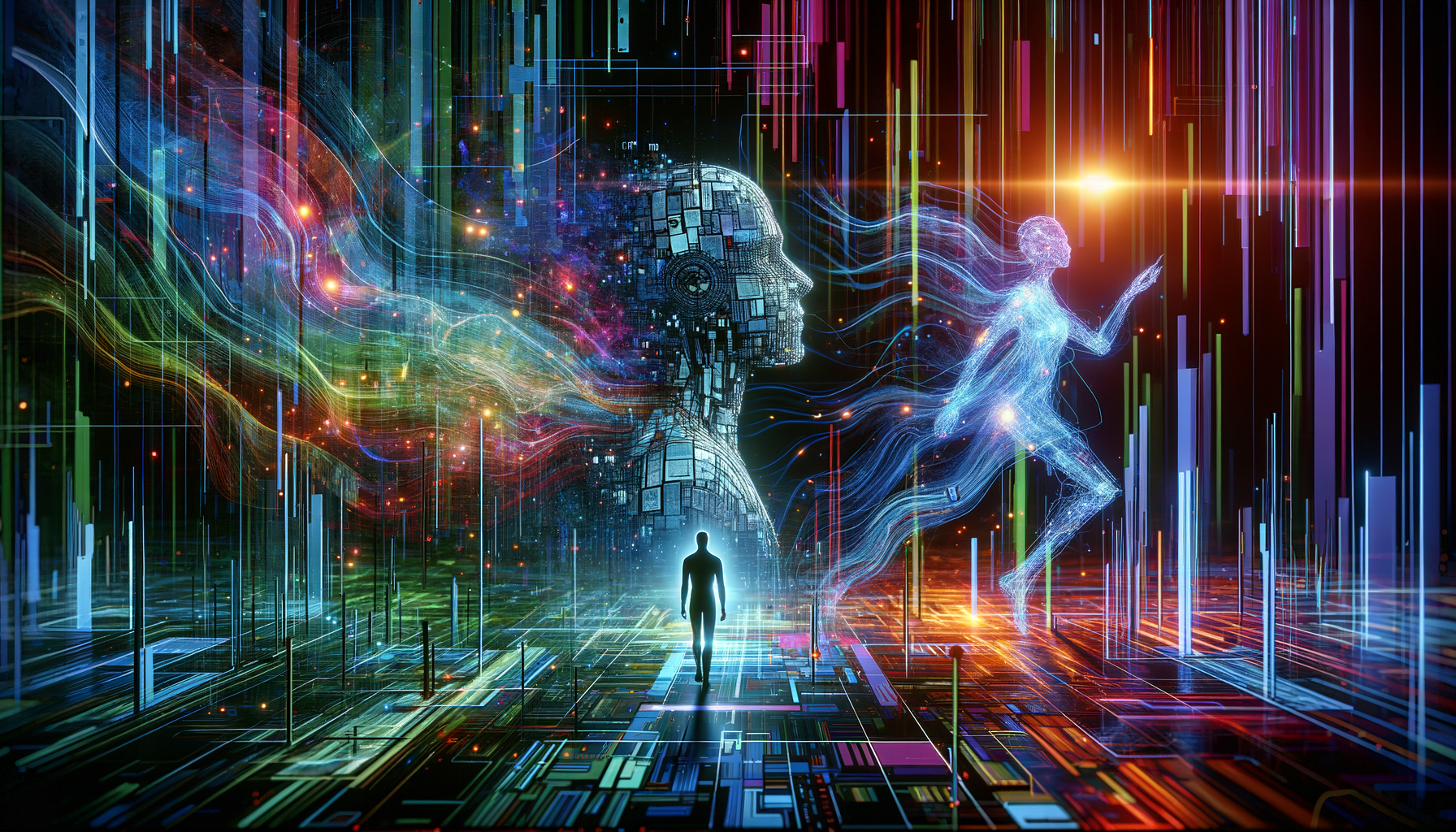
A. Understanding ChatGPT: Capabilities and Limitations
ChatGPT is a state-of-the-art language model developed by OpenAI, renowned for its ability to engage in human-like conversations and generate coherent, contextual responses across a wide range of topics. At its core, ChatGPT leverages the transformative power of 自然语言处理(NLP) and machine learning algorithms to interpret and respond to text-based inputs.
While ChatGPT’s capabilities are impressive, it’s crucial to understand its limitations. Unlike a true artificial general intelligence (AGI) system, ChatGPT is a narrow AI model trained on a vast corpus of online data. This means that while it can provide remarkably human-like responses, it lacks genuine understanding or consciousness. Its outputs are based on statistical patterns in the training data, not true reasoning or cognition.
Additionally, ChatGPT’s knowledge is limited to the data it was trained on, which may not always reflect the most up-to-date information. It can also exhibit biases inherent in its training data or make factual errors, especially on topics that require specialized knowledge or rapidly evolving information.
B. Strategies for Integrating ChatGPT on Websites for Free
Yes, you can integrate ChatGPT with your website for free by utilizing the GPT-3 API provided by OpenAI. Here’s how you can achieve this:
- Sign up for an OpenAI API key, which allows you to access the GPT-3 language model.
- Use a front-end framework like React or Angular to create a user interface for the chatbot on your website.
- In the back-end, make API calls to the OpenAI API using your API key, passing in the user’s input and receiving the model’s generated response.
- Display the response from the API in your chatbot’s user interface.
It’s important to note that while the integration itself is free, you’ll need to pay for the API usage based on the pricing model set by OpenAI, which considers factors like the length of the input text and the desired output quality. Additionally, OpenAI offers a free tier with a limited number of API calls per month, suitable for testing and small-scale projects.
To ensure optimal performance and comply with OpenAI’s terms of service, refer to their 文档 on best practices for integrating GPT-3 models into your application. Furthermore, consider implementing rate limiting, caching mechanisms, and other performance optimizations to manage costs effectively.
While ChatGPT is a powerful tool, it’s essential to remember that it’s an AI assistant, not a replacement for human expertise or decision-making. Integrating it responsibly and transparently, while acknowledging its limitations, can enhance your website’s capabilities and provide a unique user experience.
聊天机器人在网站上的成本是多少?
A. Factors affecting chatbot pricing: Features, customization, support
The cost of developing an AI chatbot for a website can vary widely, ranging from a few thousand dollars for basic rule-based chatbots to over $100,000 for highly advanced, custom-built solutions with natural language processing (NLP) and machine learning capabilities. Several key factors influence the pricing:
- Chatbot complexity: Simple AI聊天机器人 with limited functionality may cost between $5,000 and $20,000, while advanced AI-powered chatbots with NLP, machine learning, and extensive customization can range from $30,000 to $100,000 or more.
- 集成要求: Integrating the chatbot with existing systems like CRM, knowledge bases, or other applications can significantly increase complexity and cost. Native integrations typically range from $10,000 to $30,000 per integration.
- Custom development: Building a chatbot from scratch involves higher costs for design, development, and testing. Highly customized chatbots can cost anywhere from $60,000 to $300,000 or more, depending on the complexity and requirements.
- Licensing fees: Some chatbot platforms charge monthly or annual licensing fees, which can range from $50 to $1,000 or more per month, depending on the features and usage.
- Ongoing maintenance: Chatbot maintenance, including updates, training, and support, can cost 15-25% of the initial development cost annually.
- Language support: Adding multilingual support to the chatbot can increase costs by $5,000 to $20,000 or more per language.
B. Cost analysis: Building vs. buying chatbots for websites
Industry estimates suggest that a basic chatbot implementation for a website can cost between $10,000 and $50,000, while more advanced, custom chatbots can range from $60,000 to over $300,000. It’s essential to consider factors like scope, complexity, and long-term requirements, as these can significantly impact the overall cost.
Alternatively, businesses can opt for pre-built chatbot solutions offered by vendors like 大脑舱人工智能, which provide ready-to-use chatbots with varying feature sets and pricing plans. These solutions can be more cost-effective, especially for small to medium-sized businesses with limited budgets, as they eliminate the need for custom development and ongoing maintenance costs.
Ultimately, the decision to build or buy a chatbot for a website depends on the specific needs, budget, and long-term goals of the business. While custom development offers greater flexibility and tailored functionality, pre-built solutions can provide a more affordable and faster time-to-market option, especially for businesses with basic chatbot requirements.
VII. 结论
A. Key takeaways: Benefits and considerations for website chatbots
集成一个 网站 AI 聊天机器人 can revolutionize the way businesses interact with their customers and streamline operations. By leveraging 人工智能在线聊天 capabilities, companies can provide instant, round-the-clock support, automate routine tasks, and gather valuable insights from customer interactions.
One of the primary advantages of implementing AI聊天机器人 is the ability to offer 24/7 customer service, ensuring prompt responses to inquiries and enhancing the overall user experience. This can lead to increased customer satisfaction and loyalty, ultimately driving business growth. Additionally, Brain Pod AI multilingual chatbot solutions enable businesses to cater to a global audience, breaking down language barriers and fostering seamless communication.
However, it’s crucial to carefully evaluate the specific needs of your website and choose a 聊天机器人平台 that aligns with your goals and budget. While free AI chatbot options are available, they may have limited functionality. Investing in a robust, customizable solution can provide a more comprehensive and tailored experience for your customers.
B. Future of AI chatbots: Trends and advancements to watch
Messenger 是由 Meta Platforms, Inc.(前身为 Facebook, Inc.)开发的广泛使用的消息服务,旨在实现用户之间的无缝沟通。它允许个人发送文本消息、交换照片、视频、贴纸、音频文件和文档。用户还可以对消息进行反应,并与各种机器人进行互动,以增强互动体验。 人工智能聊天机器人 landscape is rapidly evolving, and businesses must stay ahead of the curve to remain competitive. One emerging trend is the integration of 生成式AI capabilities, which can enable chatbots to understand and respond to complex queries with human-like intelligence. This technology has the potential to further enhance the customer experience by providing more natural and contextual interactions.
Additionally, advancements in 在线AI聊天机器人 platforms are allowing for seamless omnichannel support, ensuring a consistent experience across various touchpoints, such as websites, mobile apps, and social media platforms. This holistic approach to customer engagement can foster stronger brand loyalty and trust.
随着对 white-label AI solutions grows, businesses may also consider leveraging third-party providers like 大脑舱人工智能 to integrate cutting-edge AI capabilities into their existing systems and workflows. By staying informed about the latest trends and advancements, companies can position themselves at the forefront of customer service innovation and gain a competitive edge in their respective industries.
